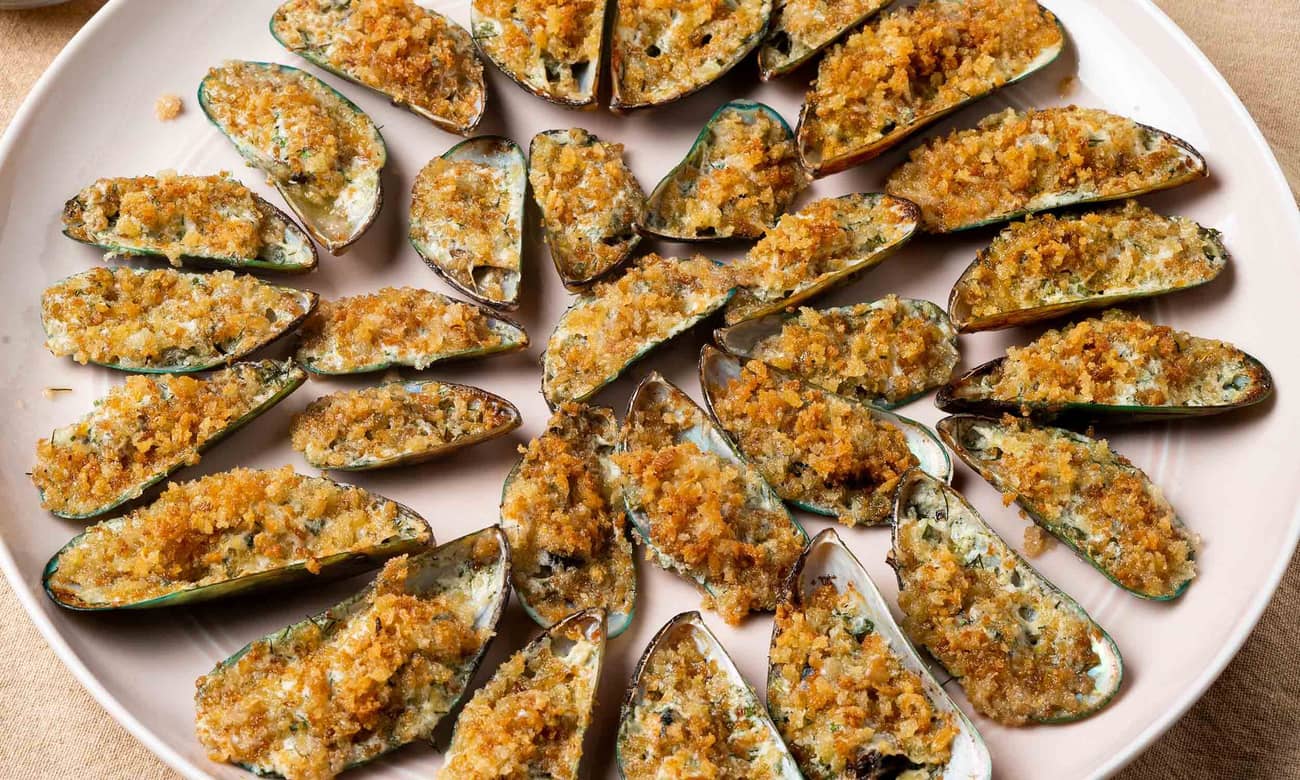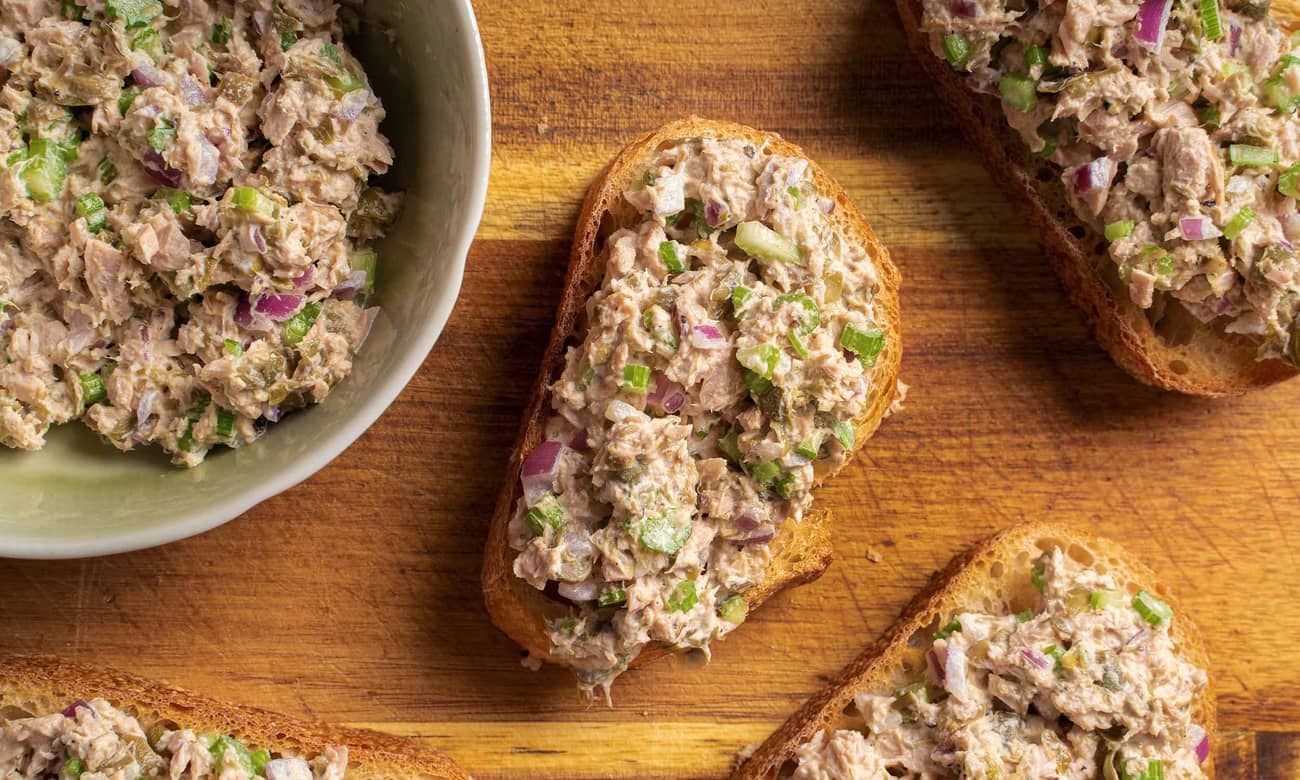Ever wonder why delicious golden fried squid rings are sometimes listed on menus as fried calamari, and other times fried calamares? Generally, they mean the same thing— calamar means squid, and calamari is the Italian name for the deep-fried squid dish. In the Philippines, we call it by its Spanish nomenclature (calamares). There’s also Chinese-style salt and pepper squid, which is the same dish but with a floral, peppery seasoning, and iku-furai, Japanese squid tempura.
Crispy fried squid is so universally delicious that it has many names and exists across many different cultures. We put a twist on this classic family-style finger food by crusting it with desiccated coconut (à la coconut shrimp), giving it a delicate crunch and a craveable, nutty quality. Serve it with homemade tartar sauce at your next gathering and it’s a guaranteed crowd favorite!
Frozen squid rings are cheap, readily available, don’t require much prep, and work perfectly fine for this recipe. But if you can, it’s definitely worth it to splurge a little and use fresh squid! You’ll get a perfect balance of chewy and tender, plus a much cleaner, deeper seafood taste.
We know it can be intimidating to clean and prepare fresh squid if it’s your first time. But it’s really not that complicated!
Once your squid is nice and clean, you can slice it up into rings. We recommend ¼ inch slices, so the squid is thin enough that it doesn’t take too long to cook, but thick enough that it stays nice and tender after deep-frying.
Prep dredging station: Combine breadcrumbs, desiccated coconut, and salt in a large bowl. Mix thoroughly to combine. Prepare separate bowls or shallow containers for the flour and beaten eggs.
Dredge: Working with a few squid rings at a time, coat squid rings completely in plain flour, shaking to remove excess. Then, dip them in the eggs, making sure there are no dry spots. Transfer to coconut-breadcrumb mixture, pressing down to make sure each piece is fully coated. Repeat with remaining squid.
Deep-fry: Heat at least 2 inches of oil in a large pot. The oil should be at 175°C or 350°F on an instant-read thermometer. If you don’t have a thermometer, check the temperature by dropping a bit of the batter into the oil. If it sizzles and floats within 5 seconds, it’s ready for frying. Fry squid rings in batches to avoid overcrowding. This ensures that the oil maintains its temperature, and the squid rings don’t stick together while cooking! Deep-fry squid for 1-2 minutes, or until golden brown.
Serve: Transfer squid to a wire rack or a paper-towel lined plate to drain excess oil. Season with salt. Serve hot.

